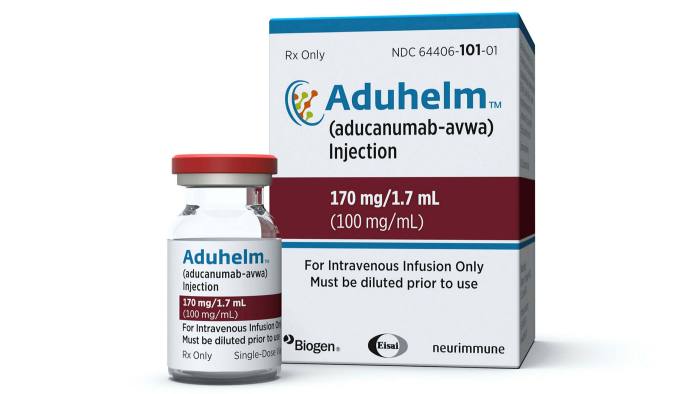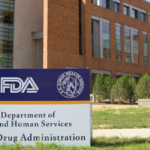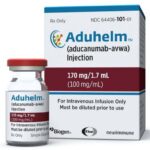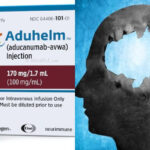How To Buy Aducanumab (Aduhelm)

What is Aducanumab?
Aducanumab, manufactured by Biogen and sold under the brand name Aduhelm, is a medication designed to treat Alzheimer’s disease, a progressive neurologic disorder that causes the brain to shrink (atrophy) and brain cells to die. Alzheimer’s disease is the most common cause of dementia, a continuous decline in thinking, behavioral and social skills that affects a person’s ability to function independently
Aducanumab is an amyloid beta-directed monoclonal antibody that targets aggregated forms of Amyloid beta found in the brains of people with Alzheimer’s disease to reduce its buildup.
Controversy has trailed the approval of the drugs by the US Food and Drug Administration (FDA) after an independent advisory panel fiercely questioned the new drug’s effectiveness, and researchers are divided on whether the potentially smoother approval path that aducanumab has paved will really deliver useful therapies for people with conditions such as amyotrophic lateral sclerosis (ALS), Huntington’s disease and Parkinson’s disease.
Is Aducanumab now available for purchase?
Yes, following the FDA’s, approval the drug can now be sold and purchased legally in the US. However, the FDA has issued new prescribing rules for the controversial Alzheimer’s medication . When first approved, the FDA said Biogen’s monthly IV drug was for all Alzheimer’s patients. The agency now says the drug is appropriate for patients with early or mild Alzheimer’s but that it has not been studied in patients with more advanced disease, the Associated Press reported.
How much does Aducanumab cost?
Aduhelm, Biogen’s brand of Aducanumab cost $56,000 per year according to its CEO Michel Vounatsos. Although, described as fair by the company, the $56,000-a-year price tag have been heavily criticized. Generic Aducanumab brands are available at cheaper prices in countries like India although these brands are not FDA approved.
Is Aducanumab covered by insurance?
Yes, According to reports, Medicare is widely expected to cover the treatment. Insurers that offer private or commercial coverage also will pay for care that doctors deem medically necessary.
However, coverage for patients will vary widely depending on their insurance plan. It can depend on the person’s coverage and their out-of-pocket maximum, which is a plan’s limit for how much a patient pays in a year for in-network care before insurance picks up the rest of the bill. In some cases, that could mean coming up with several thousand dollars to pay for what the insurer didn’t cover. And there’s no guarantee that every case will be covered.
Is Aducanumab effective?
Like other Alzheimer’s drugs, Aducanumab use is one strategy to help you temporarily manage memory loss, thinking and reasoning problems, and day-to-day function. Unfortunately, Alzheimer’s drugs don’t work for everyone, and they can’t cure the disease or stop its progression. Over time, their effects wear off.
Can I buy and bring a foreign Aducanumab into the US?
It can be illegal to buy prescriptions drugs from other countries without following the proper procedure. When you come to the United States with medications, you fall under the authority of FDA, U.S. Customs and Border Protection (CBP) and the Transportation Security Administration (TSA) agents operating the nation’s airports. There are varying restrictions, and different agencies may have other requirements or jurisdiction over a product. So check with each agency before you plan to travel with medications into the country.
In general, you should have with you a valid prescription or doctor’s note written in English to bring medication to the U.S. The medication should be in its original container with the doctor’s instructions printed on the bottle. If you don’t have the original container, bring a copy of your prescription or a letter from your doctor explaining your condition and why you need this medication. Travel with no more than you need for your personal use during your stay. A rule of thumb: Bring no more than a 90-day supply of medication.
If you’re staying longer than 90 days, you may have additional medication sent to you by mail or courier. Include documentation showing that the medication is being sent for your own use while visiting the United States. This documentation may include: a copy of your visa and passport, a letter from your doctor, and a copy of your prescription (in English).




